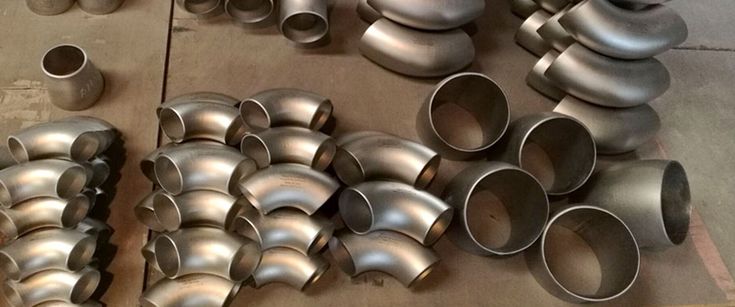
In the demanding landscape of industrial processing, particularly in sectors dealing with highly corrosive substances, the integrity of piping systems is paramount. Regular steel or even stainless steel often falls short when faced with extreme chemical exposure. This is where the exceptional performance of Hastelloy pipe fittings comes into play, providing an unwavering solution for the most challenging applications.
Hastelloy, a family of high-nickel alloys, is renowned for its extraordinary resistance to a wide range of corrosive agents, including strong acids, alkalis, and chlorides. This inherent resistance makes Hastelloy pipe fittings the ideal choice for environments where other materials would rapidly degrade, leading to costly leaks, system failures, and potential safety hazards.
Understanding the Unique Properties of Hastelloy
The key to Hastelloy’s remarkable corrosion resistance lies in its unique chemical composition. High nickel content, combined with additions of chromium, molybdenum, and other elements, creates a protective passive layer that effectively shields the alloy from corrosive attack. Different Hastelloy alloys offer varying levels of resistance to specific corrosive media, allowing engineers to select the optimal material for their particular application.
Beyond corrosion resistance, Hastelloy also exhibits excellent high-temperature strength, weldability, and formability. These properties make it a versatile material that can be fabricated into a wide range of pipe fittings, including elbows, tees, reducers, flanges, and couplings.
Applications Where Hastelloy Pipe Fittings Excel
The exceptional properties of Hastelloy pipe fittings make them indispensable in a variety of industries:
- Chemical Processing: In chemical plants, Hastelloy fittings are used to handle highly corrosive acids, such as sulfuric acid, hydrochloric acid, and phosphoric acid.
- Petrochemical Industry: Refineries and petrochemical plants rely on Hastelloy fittings to transport corrosive chemicals and gases, including sour gas and seawater.
- Pharmaceutical Industry: In pharmaceutical manufacturing, Hastelloy fittings are used in processes involving corrosive chemicals and high-purity requirements.
- Pollution Control: Scrubbers and other pollution control equipment often utilize Hastelloy fittings to handle corrosive flue gases and wastewater.
- Aerospace: Hastelloy’s high-temperature strength and corrosion resistance make it suitable for certain aerospace applications.
- Marine Applications: Due to the resistance to seawater, hastelloy is used in certain marine situations.
Advantages of Using Hastelloy Pipe Fittings
Choosing Hastelloy pipe fittings offers several significant advantages:
- Unmatched Corrosion Resistance: Hastelloy alloys provide superior resistance to a wide range of corrosive chemicals, extending the lifespan of piping systems.
- High-Temperature Strength: Hastelloy maintains its strength at elevated temperatures, ensuring reliable performance in demanding environments.
- Reduced Maintenance Costs: The long service life of Hastelloy fittings minimizes the need for replacements and repairs, reducing maintenance costs and downtime.
- Enhanced Safety: By preventing leaks and system failures, Hastelloy fittings contribute to a safer working environment.
- Improved Reliability: The exceptional performance of Hastelloy fittings ensures the reliable operation of critical processes.
Considerations for Selection and Installation
When selecting and installing Hastelloy pipe fittings, several factors need to be considered:
- Corrosive Media: The specific corrosive chemicals and their concentrations must be carefully evaluated to select the appropriate Hastelloy alloy.
- Operating Temperature and Pressure: The fittings must be rated for the operating temperature and pressure of the system.
- Welding Procedures: Proper welding procedures are crucial to ensure the integrity of the joints.
- Material Compatibility: The Hastelloy fittings must be compatible with other materials in the piping system.
- Cost: Hastelloy is a premium material, so cost considerations are important.
Conclusion
In conclusion, Hastelloy pipe fittings provide an unparalleled solution for piping systems operating in highly corrosive environments. Their exceptional corrosion resistance, high-temperature strength, and reliability make them the preferred choice for critical applications across a wide range of industries. By carefully considering the specific application requirements and following proper installation procedures, engineers can leverage the benefits of Hastelloy fittings to create robust and long-lasting piping systems that ensure the safe and efficient transport of corrosive substances.




Leave a Reply